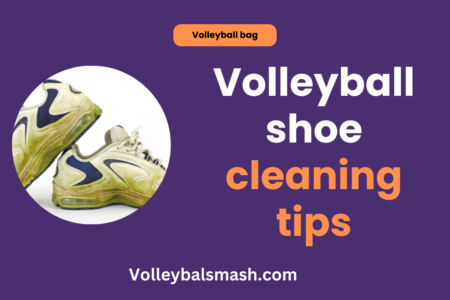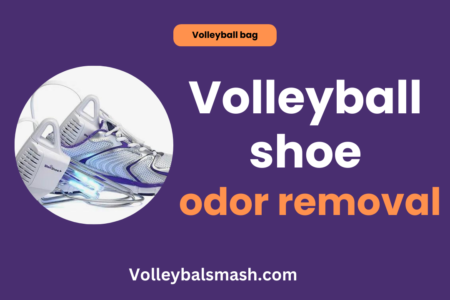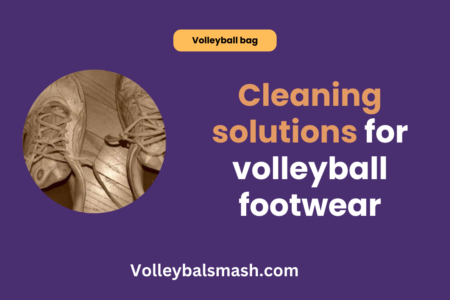So, you’re considering building or renovating a volleyball court, and you’re wondering about the ideal surface texture for optimum performance. Well, the texture of the volleyball court surface can greatly impact the safety and playability of the game. The ideal surface texture for a volleyball court is one that provides proper traction for players to move quickly and make sharp turns, while also offering enough give to reduce the risk of injuries from falls. Finding the right balance between grip and shock absorption is crucial to creating a volleyball court that is both safe and enjoyable to play on. In this blog post, we’ll explore the factors that contribute to the ideal surface texture for a volleyball court and provide guidance on achieving the best possible playing surface for your needs.
Key Takeaways:
- Uniformity: The ideal surface texture for a volleyball court should be uniform throughout the entire playing area to ensure consistent ball movement and player footing.
- Traction: A slightly rough texture provides the right amount of traction for players to make quick movements and changes in direction without slipping.
- Shock absorption: The surface should have enough cushioning to absorb shock from player impacts, reducing the risk of injury and fatigue during extended play.

Factors that Influence the Ideal Surface Texture
One of the main factors that influence the ideal surface texture for a volleyball court is player safety. A smooth surface may be less abrasive on the skin in case of a fall, while a textured surface can provide better traction to prevent slips and falls. The climate of the area where the court is located also plays a role – for example, a textured surface may be better in rainy or humid conditions to prevent the court from becoming too slippery. The type of volleyball game being played is another factor, as indoor and beach volleyball have different requirements for surface texture. Lastly, the skill level of the players using the court will also influence the ideal surface texture, as more advanced players may prefer a different texture than beginners when it comes to playing style and court control. You can find more information on the topic in this detailed guide on Everything You Need To Know About Volleyball Courts.
Player’s Skill Level
When considering the ideal surface texture for a volleyball court, the skill level of the players is an important factor to take into account. More advanced players may prefer a surface texture that allows for quicker movements and precise ball control, while beginners might benefit from a surface that offers more grip and stability as they develop their skills. The ideal surface texture should cater to the needs of players of all skill levels to ensure an enjoyable and safe playing experience.
What colors are typically used for volleyball court lines?
Type of Volleyball Game (Indoor vs Beach)
Another important factor to consider when determining the ideal surface texture for a volleyball court is the type of game being played. Indoor volleyball courts may benefit from a smoother texture to accommodate quick movements and jumps, while beach volleyball courts may require a coarser texture to provide traction on the sand. The type of game being played will greatly influence the ideal surface texture to ensure optimal playing conditions for both indoor and beach volleyball.
Analyzing Different Types of Surface Textures
Now, let’s take a closer look at the various types of surface textures commonly used in volleyball courts. Understanding the differences between these surfaces can help you make an informed decision when choosing the ideal playing surface for your needs.
| Surface Texture | Characteristics |
| Hard Court | |
| Sand Court | |
| Grass Court | |
| Artificial Turf Court | |
| Wooden Court |
Hard Court Surfaces
Hard court surfaces, such as concrete or asphalt, are known for their durability and low maintenance requirements. The ball bounces predictably on hard surfaces, allowing for consistent play. However, the hard texture can be tough on your joints, leading to a higher risk of injury.
Sand Court Surfaces
Playing on a sand court brings a unique set of challenges and benefits. The soft, uneven texture of sand provides a natural cushioning effect, reducing the risk of impact-related injuries. However, the instability of the surface can make quick movements more difficult, requiring greater strength and agility to maneuver effectively.
Impacts of Ideal Surface Texture on Game Performance
However, the ideal surface texture for a volleyball court can have significant impacts on game performance. The right surface texture can enhance player safety, improve ball control, and ultimately contribute to better overall player performance. According to a recent article on What to Consider When Choosing a Volleyball Court Flooring, the surface texture is one of the most critical factors to consider when designing a volleyball court.
Player Safety and Injury Prevention
When it comes to player safety and injury prevention, the texture of the volleyball court surface plays a crucial role. An ideal surface texture should provide enough traction to prevent slipping and falling, especially during quick lateral movements and jumps. At the same time, it should not be overly abrasive to cause unnecessary friction burns or injuries when players dive for the ball. Your safety on the court is paramount, and the right surface texture can significantly reduce the risk of injuries.
Impact on Ball Control and Player Performance
The surface texture of the volleyball court can have a direct impact on ball control and player performance. A smooth surface can lead to unpredictable ball behavior, making it challenging to anticipate ball movements and adjust your play accordingly. On the other hand, a textured surface provides just the right amount of grip to the ball, allowing you to make more precise passes, sets, and serves. Additionally, the right surface texture can also minimize the impact of external factors such as dust and moisture, ensuring consistent ball performance throughout the game. Your ability to control the ball and perform at your best is heavily influenced by the surface texture of the volleyball court.
Conclusion
Taking this into account, you should strive for a volleyball court surface that provides just the right amount of texture—neither too slick nor too rough. A slightly textured surface will help with traction and ball control, while also minimizing player injuries. Keep in mind that the ideal surface texture will depend on factors such as location, climate, and budget, so be sure to consider all these elements when designing or renovating a volleyball court.
FAQ
What is the ideal surface texture for a volleyball court?
The ideal surface texture for a volleyball court is one that provides a good balance between traction and smoothness. It should not be too slippery, making it difficult for players to move quickly and change direction, nor too rough, which could cause abrasions and injuries. The surface should also offer consistent, predictable ball behavior, allowing for accurate and controlled gameplay.
What are the commonly used materials for creating the ideal surface texture for a volleyball court?
The commonly used materials for creating the ideal surface texture for a volleyball court include sand, gravel, and synthetic materials such as polyurethane and rubber. These materials are carefully chosen and blended to achieve the desired texture and performance characteristics. Sand and gravel are often used for outdoor courts, while synthetic materials are preferred for indoor courts due to their durability and consistency.
Why is the ideal surface texture important for a volleyball court?
The ideal surface texture is crucial for a volleyball court as it directly impacts the safety and performance of the players. A well-designed surface helps prevent injuries by providing the right amount of traction and cushioning, reducing the risk of slips and falls. Additionally, it allows players to move and play with confidence, contributing to the overall quality of the game. Furthermore, a proper surface texture enhances the ball’s predictability and bounce, ensuring fair and competitive gameplay.



